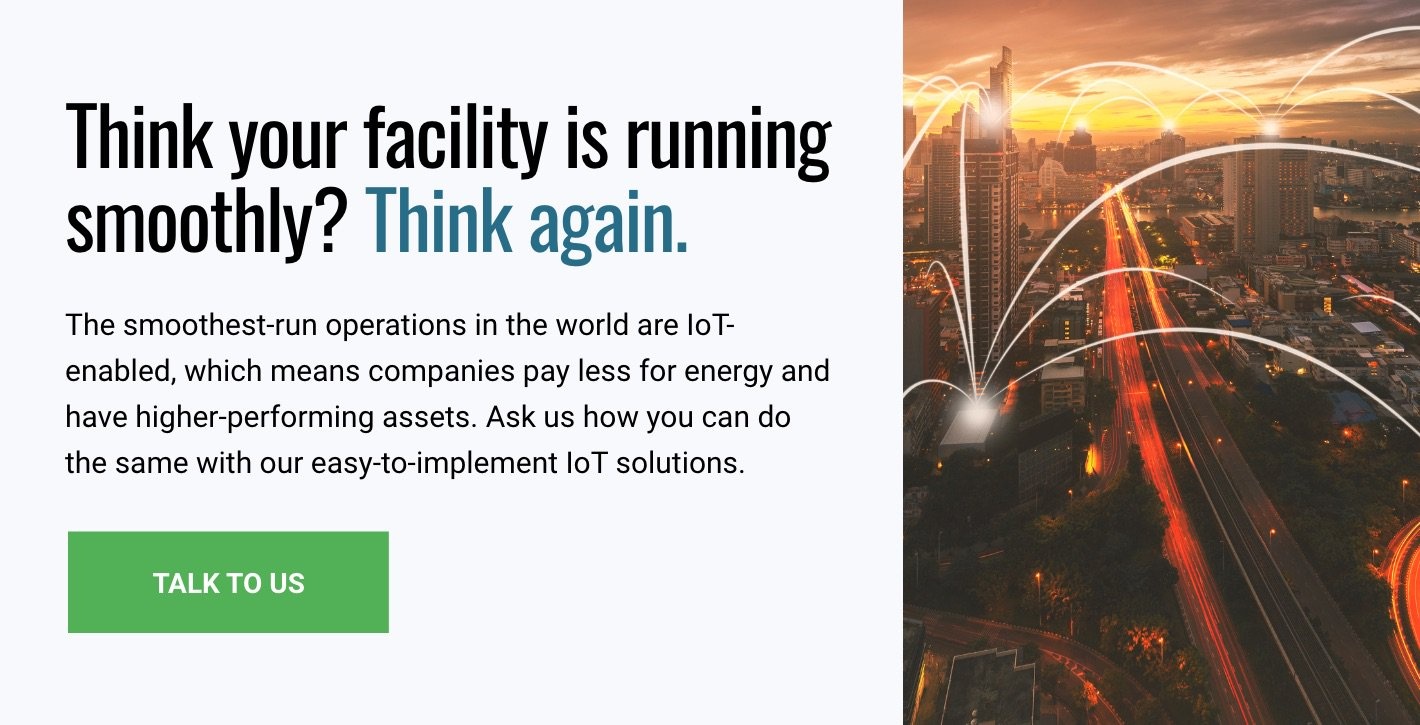In the past few years there’s been no shortage of IoT statistics and predictions, all pointing to its explosive growth. In fact, IoT is one of the most-researched emerging markets globally thanks to its huge potential for transforming business processes and operations. (Not to mention its consumer applications.)
Below are some of the more interesting statistics projected for 2020 (and a few for the years beyond). Is your company tracking with projected spending in this area? Is it taking advantage of all the IoT has to offer? Staying on top of IoT statistics can help you understand where tech is going—and how you can use it to get ahead.
22 IoT Statistics for 2020 & Beyond
General Statistics
- The number of active IoT devices worldwide is expected to be at 10 billion by 2020 (and 22 billion by 2025!). (IoT Analytics)
- The global IoT market will grow to $457 billion by 2020 (up from $157 billion in 2016), achieving a compound annual growth rate of 28.5%. (Enterprise CIO)
- Spending on IoT hardware, software, and services will reach $1.2 trillion by 2022 (compared to $630 billion in 2017). (IEEE ComSoc)
- Cellular IoT connections are expected to grow at an annual growth rate of 30% through 2023. (Network World)
- The IoT is expected to have an annual economic impact of up to $11 trillion by 2025 across different sectors. (McKinsey)
- IoT security spending is predicted to increase by 300% to $6 billion by 2023. (Juniper Research)
Who’s Using It?
- B2B spending on IoT technologies, apps, and solutions will reach $267 billion by 2020. (Forbes)
- The B2B IoT market is predicted to grow more quickly than consumer applications. By 2020, B2B applications are expected to be valued at over $300 billion; consumer apps will reach $150 billion. (CustomerThink)
- The industrial goods sector leads all industries in IoT adoption at 45%, with an additional 22% of industrial manufacturers planning to adopt IoT in the next 12 months. (Forbes)
- Manufacturing, transportation/logistics, and utilities will lead all industries in IoT spending by 2020, with each averaging about $40 billion. (Enterprise CIO)
Talk to us about how your company can take advantage of the IoT to reduce operational costs.
- By the end of 2020, a third of all manufacturing will leverage IoT and sensor data in combination with analytics-driven cognitive capabilities to increase cost efficiencies by 10%. (AWS/Wall Street Journal)
- The industrial IoT market is forecast to surpass $176 billion by 2022. (Internet of Business)
- The value of IoT solutions as applied to healthcare is expected to exceed more than $158 billion by 2022. (Market Research Engine)
Data-Related Statistics
- IoT devices are expected to create over 90 zettabytes of data in 2025. (IDC White Paper)
- Nearly 30% of the global datasphere (the summation of all the data created, captured, or replicated) will be processed in real-time (edge computing) by 2025. (IDC White Paper)
- By 2020, IT spending on edge infrastructure (where data is gathered and processed at the source) will reach up to 18% of total IoT infrastructure spending. (AWS/Wall Street Journal)
- By 2022, more than half of major new business systems will incorporate continuous intelligence that uses real-time context data to improve decisions. (Gartner)
- By 2020, businesses are expected to make gains of $430 billion by taking a data-driven approach to operations. (Flatworld Solutions)
[bctt tweet=”By 2020, businesses are expected to make gains of $430 billion by taking a data-driven approach to operations.” username=”iotacomm”]
Data Analytics Statistics
- B2B expenditure on IoT analytics will reach $23.7 billion by 2020. (CustomerThink)
- By 2020, 30% of the world’s largest public companies will be using data from “digital twins” (virtual replicas of physical devices) of IoT-connected products and assets to improve product innovation success rates and organizational productivity, producing gains of up to 25%. (IDC)
- By 2022, 90% of corporate strategies will explicitly mention information as a critical enterprise asset and analytics as an essential competency. (Gartner)
- By 2021, proof-of-concept analytic projects using quantum computing infrastructure will have outperformed traditional analytic approaches by at least a factor of 10. (Gartner)


